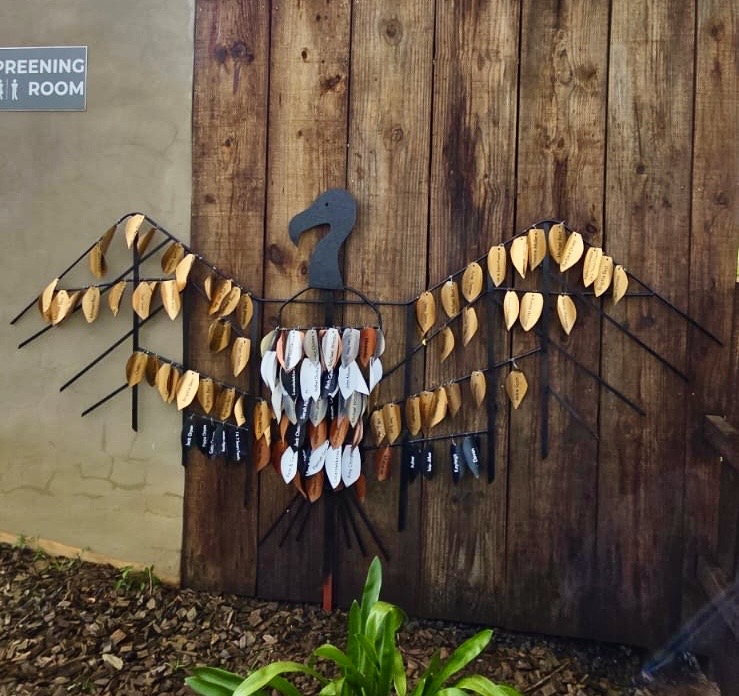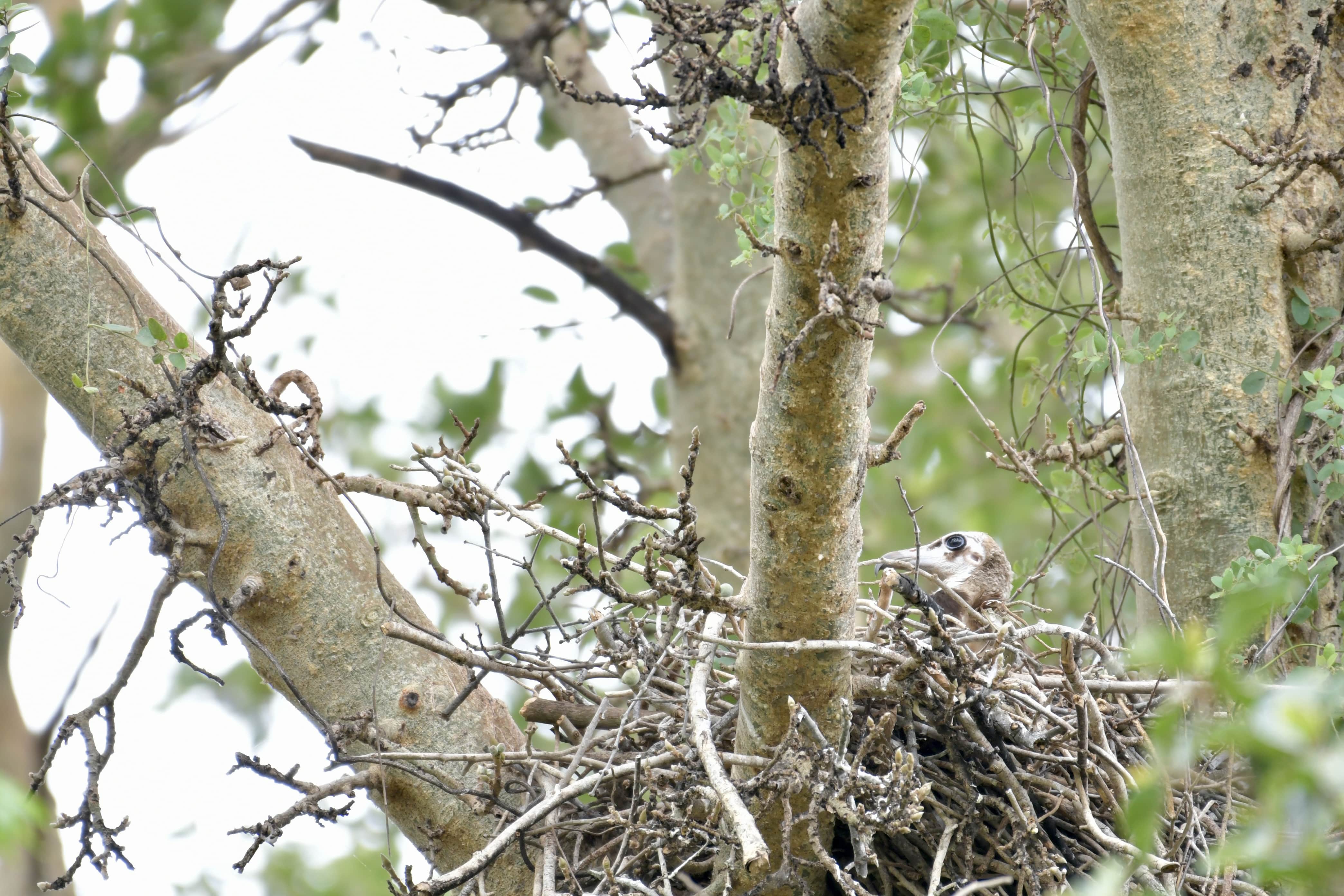Written by Rhiannon GillThe art of decomposition is a unique one and is a process vital for the environment to remain healthy. Carcasses need to decompose to add nutrients to the soil and thus help sprout new life. Although scavengers like vultures will consume most of a rotting carcass, some is left behind to assist in nutrient recycling.Imagine a world where predators killed their prey, ate what they could and left the rest to decompose. The decomposition process can be a lengthy and smelly one – especially when considering various uncontrollable factors such the local climate surrounding a carcass. The smell would scare away anyone and the variety of potential diseases lying dormant within a rotting carcass ready to be released into the environment, is a major threat to many species.

In cooperation with hyenas, vultures consume almost 90% of dead ungulates in the southern African savanna (Begon et al, 1988). The little left behind is then decomposed by invertebrate species.
The Incredible Vulture Digestive System
While further research into a world without scavengers might be needed, it is safe to say that without vultures, a carcass would certainly take longer to decompose and therefore increase the risk of disease spreading through an environment – threatening the lives of other species. Vultures have incredible digestive systems. Their digestive tract contains a high acid content able to digest highly toxic substances such as botulism, cholera, anthrax and even rabies! The below video explains just how amazing the vulture digestive system is and what additional mechanisms it employs to maintain the health of the environment in which it exists.
Watching vultures feed is quite something. Photographer Charlie Hamilton was able to capture this by placing a camera inside a carcass which provides a different perspective of how magnificent these birds are. What’s more emotional than getting a bird’s-eye view into the lives of vultures is the reality of their persecution in Africa and seeing all the vulture parts for sale in illegal markets…
Vultures - The Anti-heroes of our Ecosystems
Vulture's Energy Saving Tactic
Vultures can eat up to 1kg of meat in one feeding – requiring additional energy and inertia to get airborne. After a feeding frenzy most vultures will remain at ground level until their meal has digested. Should this process be disturbed by a predator, the act of regurgitating food enables a quick drop in body mass allowing for a speedy getaway. Given that on average a vulture can weigh anything from 4 – 15kg’s (species dependent); the act of getting airborne can be a challenge.All species, regardless of how they move around an environment, is designed to do so by expending the least amount of energy (unless required or forced to) (Haimen, 2014). The tactic employed by vultures to regurgitate when put into such a position, is a genius one.[caption id="attachment_12337" align="aligncenter" width="1080"]

White-backed Vulture in flight. Photo by Richard Steyn[/caption]
The Art of Flight
The art of flight is another way in which vultures employ strategies to reduce energy expenditure. Vultures will soar high – using air currents rather than high-energy flapping like many smaller avian species. Vulture wings take on a V-shape when in flight utilizing thermal air currents. Many will flap their wings with a few strong beats rather than a continuous flap. The art of soaring flight no doubt helps them scan the ground below for fresh kills or carcasses – something particular to the ‘Old World’ vultures of Africa, Asia and Europe. The ‘New World’ vultures of the Americas rely more on smell than sight.It is a serious shame that vultures do not get the credit and support that they deserve based on their looks and behaviour. It is imperative that this changes soon as all breeding pairs of tree-nesting vultures are likely to be locally extinct by as early as 2020 if the current rate of decline continues….
Please help support vulture conservation before it's too late
REFERENCESBegon, M., Harper, J.L., Townsend, C.R., (1996) Ecology: Individuals, Populations and Communities, Blackwell Science 3rd Edition, Oxford.Birdlife International (2017) Species Factsheet: Gyps Africanus. Downloaded from http://www.birdlife.org on 28/01/2017Haimen, A.N.K., (2014) A Vomiting Vulture, A birding Naturalist, Accessed online February 2017, https://abirdingnaturalist.wordpress.com/2014/06/20/a-vomiting-vulture/





.jpg)



.jpg)
.jpg)
